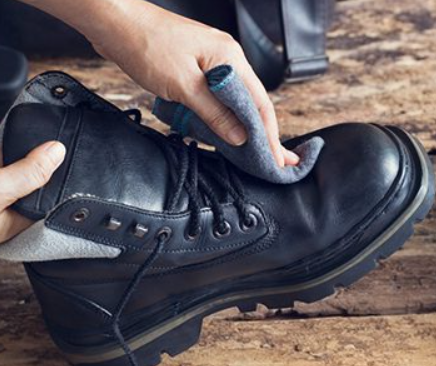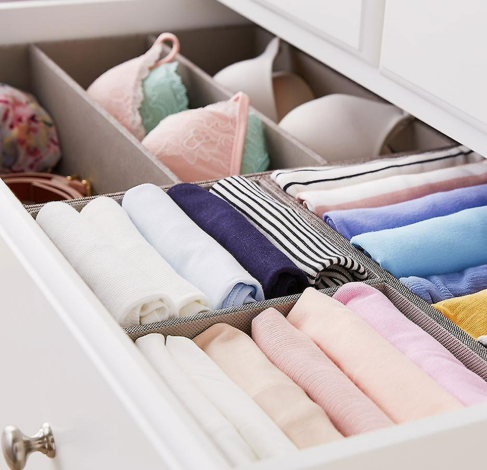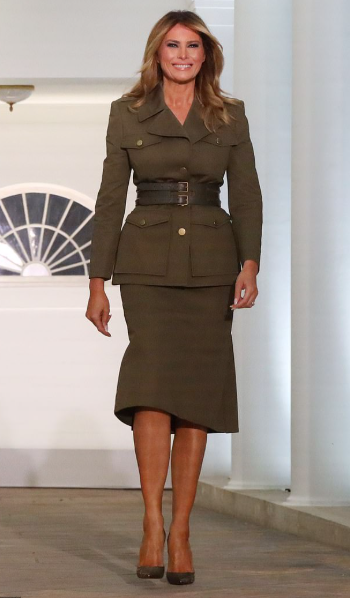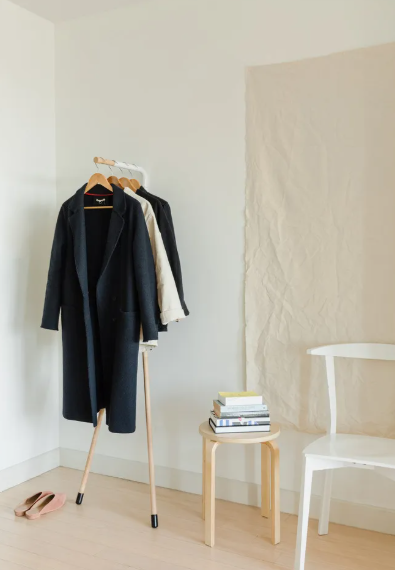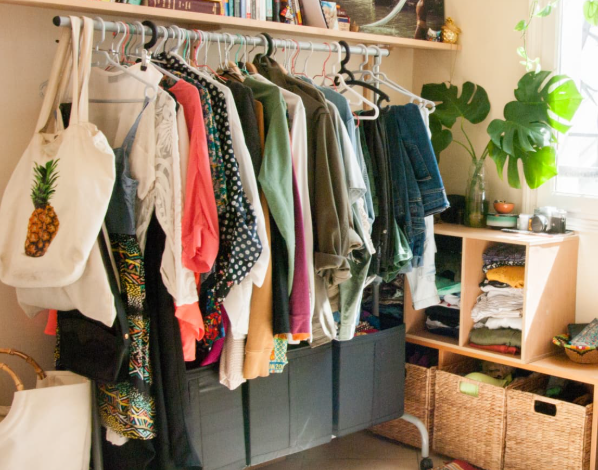
The Ultimate Guide to Sustainable Wardrobe and Closet Care
Sustainable wardrobe care is not just about taking care of your clothes; it’s about reducing your environmental impact, making your wardrobe last longer, and supporting eco-conscious practices. Simple changes, such as selecting eco-friendly fabrics, washing less often, and using natural ways to protect clothing from pests, can significantly reduce waste and conserve precious resources.
This guide covers everything from shopping for sustainable clothing to taking care of your garments, helping you build a wardrobe that is both stylish and environmentally responsible.
What Is Sustainable Wardrobe Care?
Sustainable wardrobe care focuses on minimizing your environmental footprint while enhancing the longevity of your clothing. It involves making conscious choices, from selecting eco-friendly fabrics to using energy-efficient methods for laundry. By adopting these sustainable practices, you help reduce waste and conserve resources, such as water and energy, while extending the lifespan of your garments.
Building a sustainable wardrobe isn’t just about keeping up with trends—it’s about investing in quality, durability, and timeless style. This guide provides actionable tips for maintaining a wardrobe that is both practical and eco-conscious.
Why Sustainable Wardrobe Care Matters
Sustainable clothing care is vital due to the high environmental cost of fast fashion. The production of textiles uses significant water, energy, and chemicals, many of which are harmful to the environment. Additionally, clothing made from non-biodegradable materials, such as polyester, contributes to landfill waste when discarded.
By adopting sustainable care practices, you can reduce the need for constant replacements and reduce your carbon footprint. Simple habits like washing clothes less frequently, using cold water, and air drying not only conserve resources but also help keep your clothes in better shape for longer.
Choosing Eco-Friendly Fabrics for Your Wardrobe
The first step in creating a sustainable wardrobe is choosing clothes made from environmentally friendly fabrics. Materials like organic cotton, hemp, bamboo, and Tencel are far more sustainable than synthetic fibers like polyester and nylon, which are non-biodegradable and contribute to microplastic pollution.
Natural fibers generally require fewer resources to produce and are biodegradable, making them a better choice for the environment. For example, organic cotton uses less water and avoids harmful pesticides, making it more sustainable than conventional cotton.
Opt for clothing made from these materials to create a more sustainable wardrobe. For durable items like jeans, organic cotton denim is both eco-friendly and long-lasting, reducing the need for frequent replacements.
How to Wash Clothes Sustainably
The way you wash your clothes has a significant impact on their lifespan and your resource consumption. Washing machines consume a lot of water and energy, but there are ways to reduce these costs.
Tips for sustainable washing:
- Wash less often: Only wash items when necessary. Many clothes, such as jeans, can be worn multiple times before washing.
- Use cold water: Cold water saves energy and is gentler on fabrics, helping them last longer.
- Choose eco-friendly detergents: Conventional detergents often contain harmful chemicals. Opt for plant-based, biodegradable detergents.
- Wait for a full load: Avoid wasting water and energy by washing partial loads.
By washing less frequently and using cold water, you not only conserve water and energy but also preserve the quality of your clothing, preventing excessive wear and tear.
The Benefits of Air Drying
Air drying your clothes is an effective way to reduce your environmental impact. Machine dryers use a significant amount of energy and can damage fabrics over time, leading to shrinkage, fading, and fiber wear.
Benefits of air drying include:
- Energy savings: Air drying uses no electricity, helping to reduce your energy consumption.
- Better fabric preservation: Air drying is gentler on delicate materials like wool and silk, preventing damage.
- Prevents shrinkage: Unlike dryers, air drying helps maintain the size and shape of garments.
Maximize your space by using a drying rack or hang your clothes in a well-ventilated area. Your clothes will last longer, stay in great shape, and retain their quality with less wear.
Extending the Life of Your Garments
The longer you can keep your clothes in good condition, the less often you’ll need to replace them, which reduces waste and resource consumption.
Tips for extending garment life:
- Follow care labels: Always follow care instructions to avoid damaging your clothing.
- Handle with care: Treat delicate fabrics gently, whether by hand washing or using a delicate cycle.
- Repair and maintain: Instead of discarding damaged items, repair them. Fix small tears or missing buttons to give clothes a longer life.
Proper storage and folding are also crucial in maintaining the lifespan of your clothing. Take care of your garments by storing them in a way that prevents stretching and creasing.
Repairing and Upcycling Clothes
Repairing and upcycling clothes are essential elements of sustainable wardrobe care. Rather than discarding items at the first sign of damage, take the time to fix them. A small tear or a missing button doesn’t have to end the life of your clothing.
Upcycling is another creative and sustainable option. Turn old clothes into new items, like transforming a pair of jeans into shorts or a worn sweater into a scarf. This not only reduces waste but also gives you unique pieces that no one else will have.
Eco-Friendly Storage Solutions
Sustainable storage practices play an important role in keeping your clothes in good condition. Use natural, breathable materials like cotton or linen garment bags for storage. These materials help protect your clothing from dust and damage while allowing airflow.
Avoid plastic containers, as they trap moisture and may lead to mold. Instead, opt for fabric-lined bins or wooden storage boxes, which are both eco-friendly and effective. Cedar wood is another great option, as it repels pests naturally and adds a pleasant scent to your wardrobe.
Storing Seasonal Clothing Responsibly
Properly storing seasonal clothing is essential to preserving its quality and ensuring it’s ready for use when the weather changes.
Before storing, wash and dry clothes to prevent stains and pests. Store heavier items like winter coats in breathable garment bags, and avoid overstuffing storage containers to prevent wrinkles. For jeans and other items, use appropriate folding techniques to maintain their shape.
Incorporating natural pest repellents like cedar wood blocks into your seasonal storage is a great way to protect your clothing without chemicals. Cedar not only keeps pests at bay but also keeps your clothes smelling fresh.
Natural Ways to Protect Clothes from Pests
Moths and other pests can damage clothing, especially when stored for long periods. Rather than using chemical mothballs, choose natural alternatives like cedar wood.
Cedarwood naturally repels insects and prevents damage to clothes. Place cedar blocks or sachets in your closet, drawers, and storage containers to protect your wardrobe and avoid harmful chemicals.
Sustainable Accessories and Mindful Consumption
Sustainable wardrobe care extends beyond clothing to accessories like bags, shoes, and jewelry. Choose accessories made from eco-friendly materials, such as organic cotton, recycled metals, or sustainably sourced leather. These items have a lower environmental impact compared to their mass-produced counterparts.
Building a minimalist wardrobe by selecting versatile, timeless accessories reduces waste and helps foster mindful consumption. The fewer items you buy, the less impact you’ll have on the environment.
Ethical Shopping and Secondhand Finds
When shopping for new clothing, consider supporting ethical brands that prioritize sustainability and fair trade practices. Look for certifications such as Fair Trade or GOTS, which indicate that a brand follows environmentally responsible methods.
Buying secondhand is another excellent way to reduce your environmental footprint. Thrift stores and online resale platforms are full of pre-loved garments in great condition, allowing you to extend the life of clothing and reduce demand for new production.
The Environmental Impact of Sustainable Wardrobe Care
By adopting sustainable wardrobe practices, you can help reduce the environmental toll of the fashion industry. Caring for your clothes properly reduces the need for frequent replacements, conserving natural resources and reducing carbon emissions. Using eco-friendly fabrics, air drying clothes, and choosing secondhand options can all significantly reduce your environmental footprint.
Each small action, from washing clothes less frequently to repairing damaged garments, contributes to a more sustainable future.

